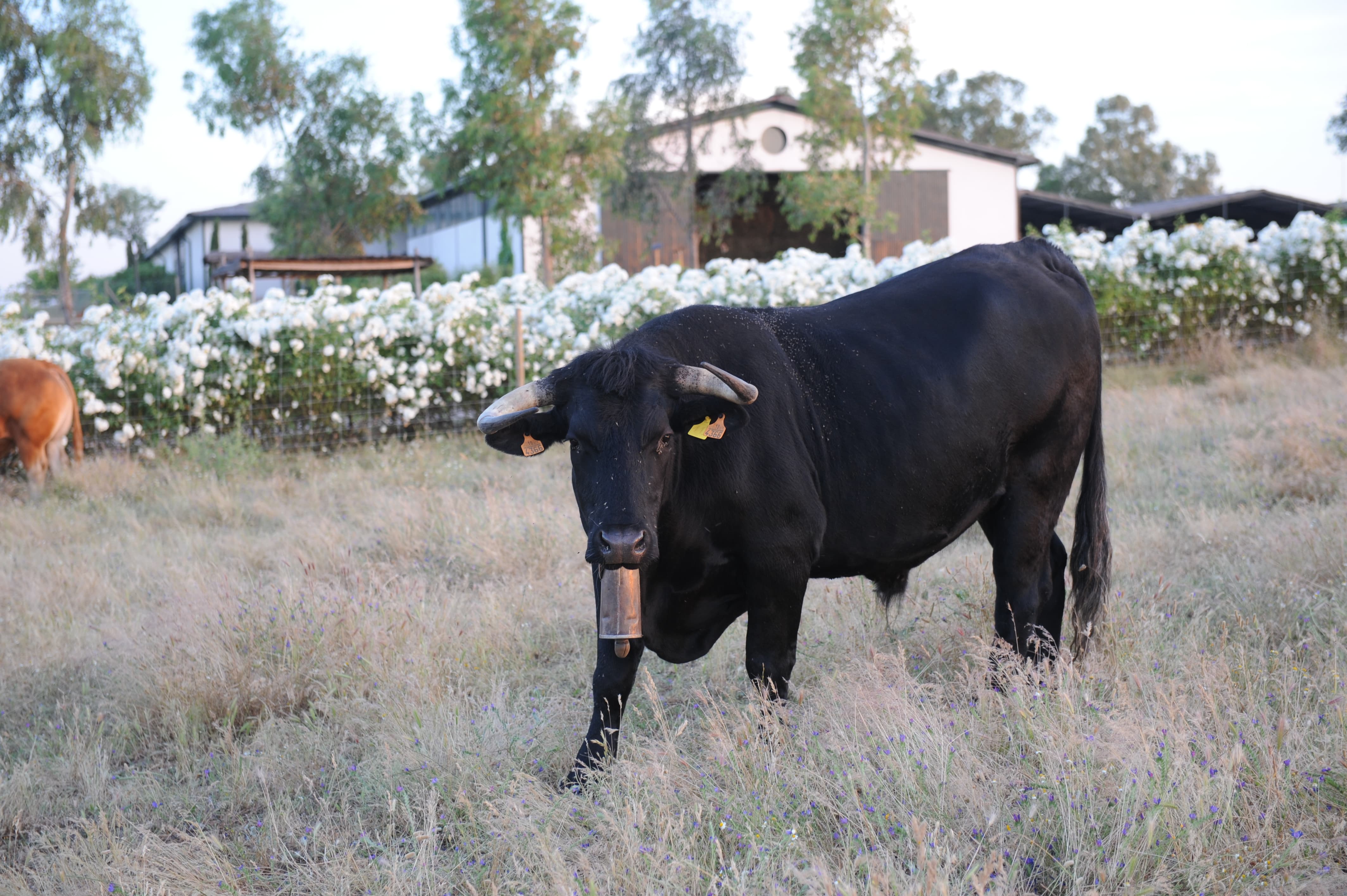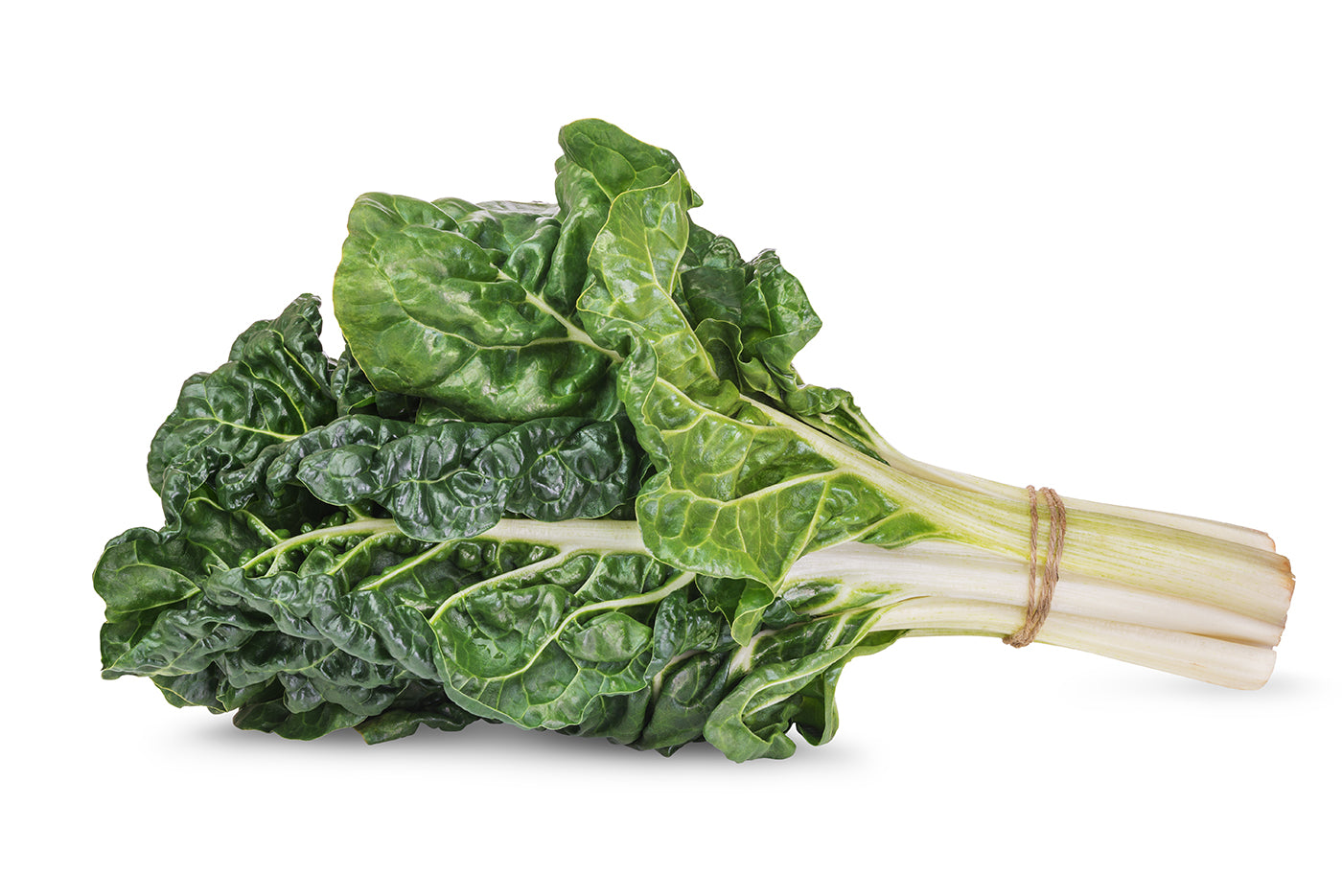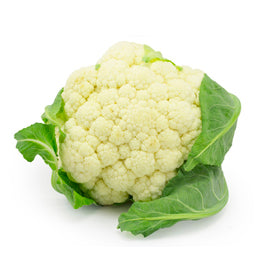Our decision to have ovine livestock is based on the following reasons:
- The landscape and ecological conditions of our location and our choice to have a biological management, made almost obvious the choice of having ovine livestock. Sheep improve the typical pastures of this ecosystem by spreading seeds, providing nutrients that rise soil fertility with a lower impact in terms of holm oaks grazing, even contributing to their regrowth.
- We had the opportunity of using a native breed, naturally adapted to the weather and environmental conditions.
- Talaveran sheep is a crossbreed of Manchega sheep and merino sheep. The mixture has developed its unique characteristics that makes it a breed both fitted for wool (fleece type 4), and meat and milk production.
- Our flock was selected by the National Center for Agricultural Research in their farm of El Dehesón del Encinar. Researchers worked for years in conservation and recovery of the Talaveran sheep, genetically selecting the most suitable animals in order to conserve, select and improve their breed.
- We aimed for a premium organic meat to complete our range of products and we have achieved that goal with our excellent mutton.
LAMB MEAT
Light lamb: suckling lamb
Talaveran suckling lamb grows for 45 days and it is exclusively fed with breast milk, a nutrition that gives their meat a unique mild flavour. Their meat is rich in protein and B-group vitamins, with a quality and tenderness that makes light lamb the ovine best-selling product in Spain.
Heavy lamb: milk-fed and paschal lamb
Suckling lambs are not our only product from ovine farming. We also grow older lambs, increasing lactation period to 45-60 days and letting them to feed later outdoors with prairie grass and tedded fodder, changing their meat-type to pasture lambs.
These lambs are known as milk-fed or paschal lambs, depending on the age they are slaughtered (four months for milk-fed, and six months for paschal lambs). Both of them spent their first two months of life milk-fed and then they start to go to the pastures and change their diet. They are the result of a crossbreed with Merino early stud rams, as their breed is more fit for meat production. This is similar to what we do by crossbreeding Black Avileña cows with limousine studs.
Their free shifting along the pastures, circulating in the same cycles of shepherding, helps their muscles to develop and to retain haemoglobin, so their meat is tender, colourful and juicy. Its deeper aroma and taste, makes their meat a delicate treat for exquisite recipes that surprise the most refined palates.
Some differences in ovine livestock breeding and management in Dehesa El Milagro
- Sheep graze lower grass while cows eat longer leaves, so sheep are shepherded to the same pastures as cows but to complete the rotational cycle.
- Tail docking is also avoided, except in those cases in which is necessary to have a painless docking. In the meantime, we have opted for shaving their tails to prevent dirt accumulation.
- Flocks are kept nearby the pastures next to the sheds when sheep are going to give birth to new lambs. When birth is close, sheep are conducted to the sheep sheds so they can give birth in a sheltered area.
- Affiliation is something very important when sheep management, as first-time mothers cannot accept their own lambs and these may need help to feed and start suckling. This first feeding is very important as colostrum is very nourishing and contains immune defences that will help the newly born lamb to survive. It is also crucial to be aware of double births. We have individual cells in the sheds in which lambs and their mothers are kept individually.







